B.C. First Nation says more than 160 unmarked graves found
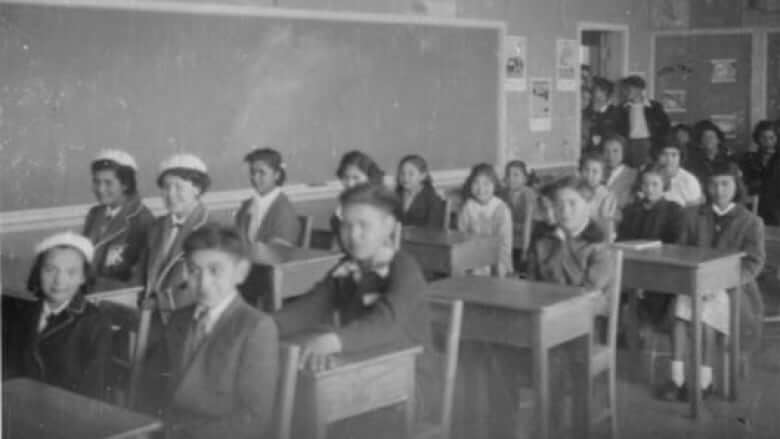
The Penelakut Tribe in B.C.’s Southern Gulf Islands says it has found more than 160 “undocumented and unmarked” graves in the area, which was also once home to the Kuper Island Residential School.
Saskatoon Catholic cathedral covered with paint after discovery of 751 unmarked graves
The tribe informed neighbouring First Nations communities of the discovery in a newsletter posted online on Monday morning.
“We are inviting you to join us in our work to raise awareness of the Kuper Island Industrial School, and confirmation of the 160+ undocumented and unmarked graves in our grounds and foreshore,” the notice said.
No further details were provided. The tribe did not say how the graves were found, whether children’s remains are suspected of being buried there or whether ground-penetrating radar was used.
Officials did not respond to multiple requests for interviews.
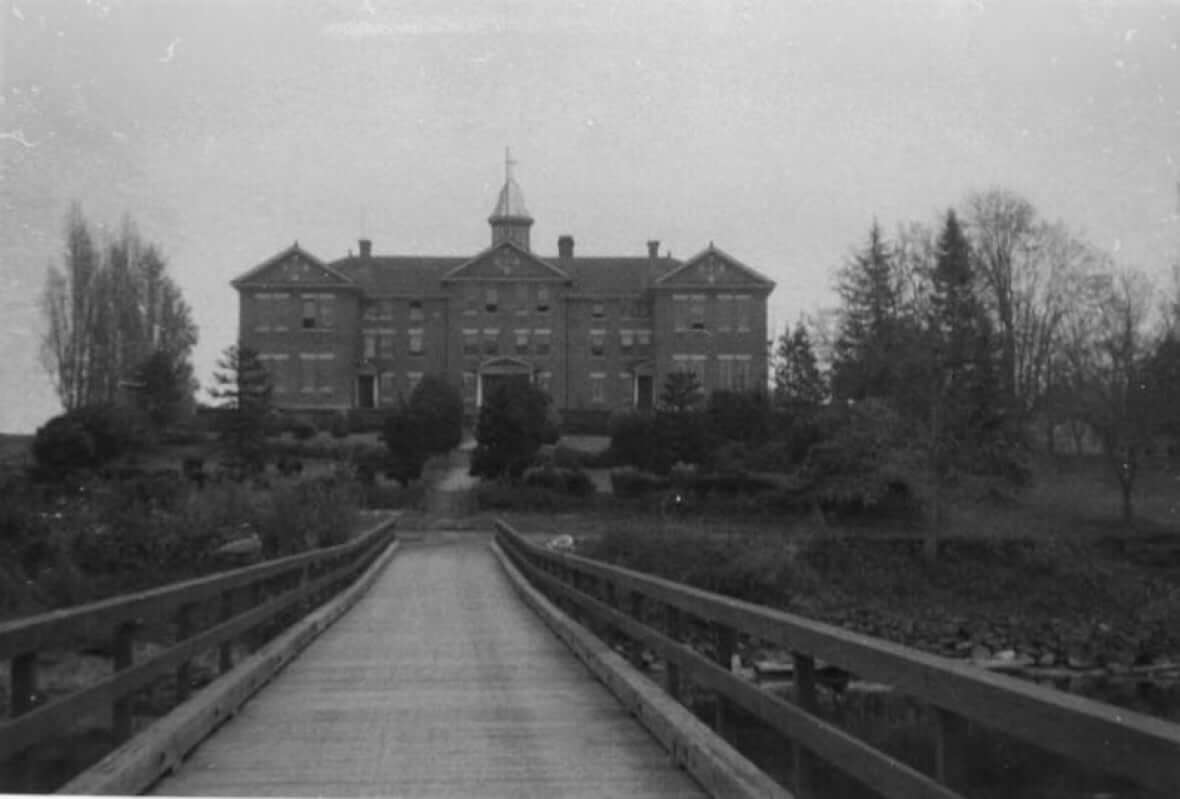
The school operated from 1890 to the 1970s on Penelakut Island, formerly known as Kuper Island, which is among the Southern Gulf Islands. It was run by the Catholic Church with federal government funding.
Steve Sxwithul’txw is a member of the Penelakut Tribe who was forced to attend the facility on Kuper Island in the 1970s.
He told CBC’s The Early Edition Tuesday morning that work is still ongoing to determine if the graves contain the buried remains of residential school students.
“I know some families want to identify their lost loved ones and bring them home in a proper way,” said Sxwithul’txw.
“And personally, for me, I have relatives that have died over there, so I would like to know and I think it’s important that they get the proper respect and burial that they deserve.”
In 2019, when the National Centre for Truth and Reconciliation released the names of almost 3,000 children who died in residential schools, Sxwithul’txw noticed eight children with the same last name he was born with.
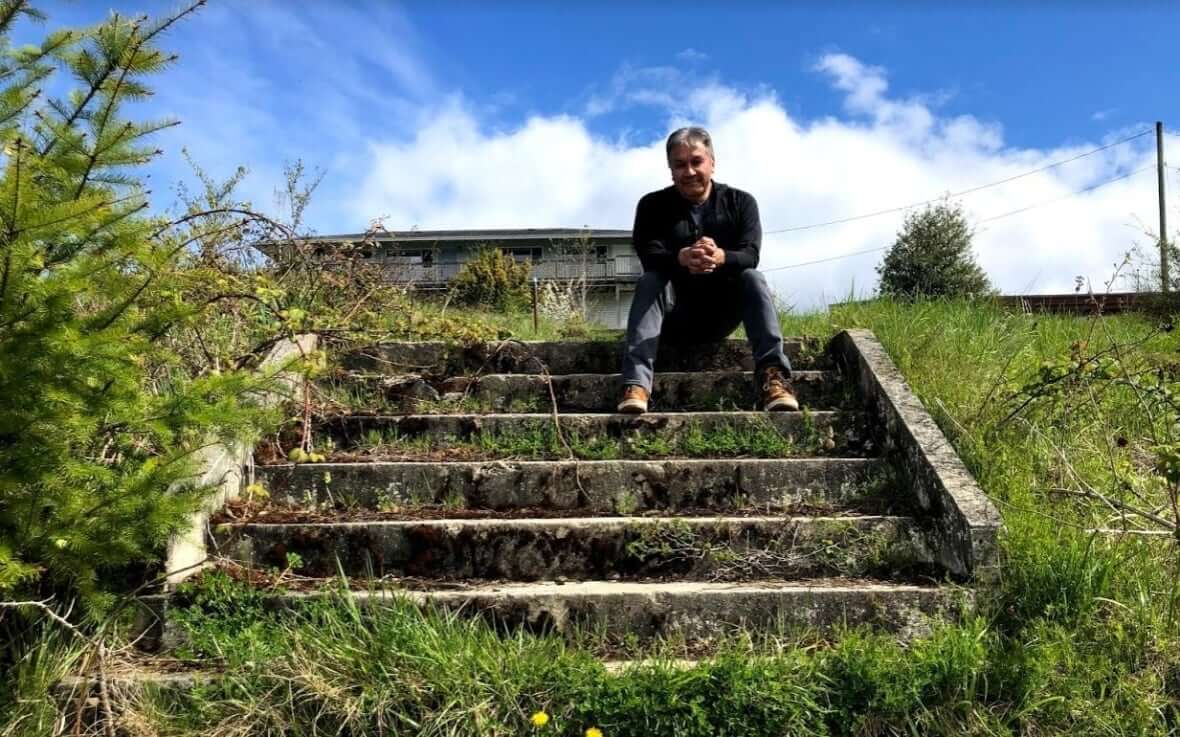
He said there are probably additional locations in and around the island that were used as burial grounds by the Catholic clergy that could still be searched.
The British Columbia government said in June it is providing $12 million to support First Nations with investigative work at former residential school sites.
Ottawa has pledged further support for the identification and investigation of burial grounds near former residential schools after allocating $27 million in 2019.
Sxwithul’txw says additional government funding is one step in the right direction, but he would also like to see more government accountability.
“First Nations shouldn’t have to be paying to find their children in any way, shape or form,” he said.
“I don’t see the prime minister doing much in reference to holding anybody to account other than, you know, dropping by and saying a few words and putting a teddy bear down.”
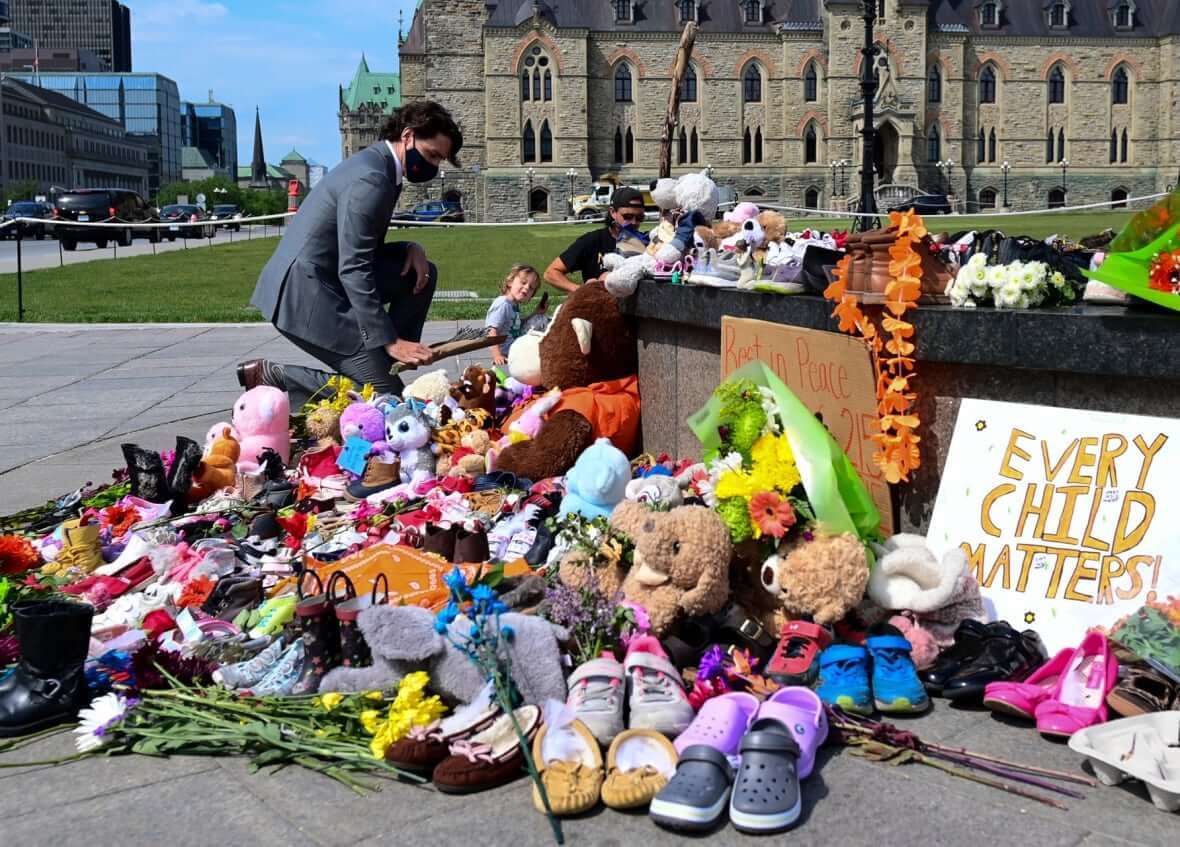
On Thursday, the Tk’emlúps te Secwépemc First Nation near Kamloops, B.C., is expected to reveal further details of its recent discovery, on the grounds of another former residential school, of what were said to be the buried remains of an estimated 215 children.
A series of similar, grim announcements followed, linked to former residential schools in B.C. and Saskatchewan.
Penelakut Chief Joan Brown encouraged residential school survivors to heal in the newsletter.
“It is impossible to get over acts of genocide and human rights violations. Healing is an ongoing process, and sometimes it goes well, and sometimes we lose more people because the burden is too great,” Brown said.
She invited community members to participate in the March for the Children in Chemainus, B.C., on Aug. 2 to remember the students who were forced to attend the Kuper Island Residential School and to move forward on the path to healing and reconciliation.





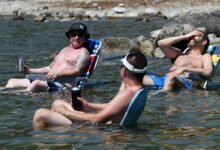


Redes Sociais - Comentários